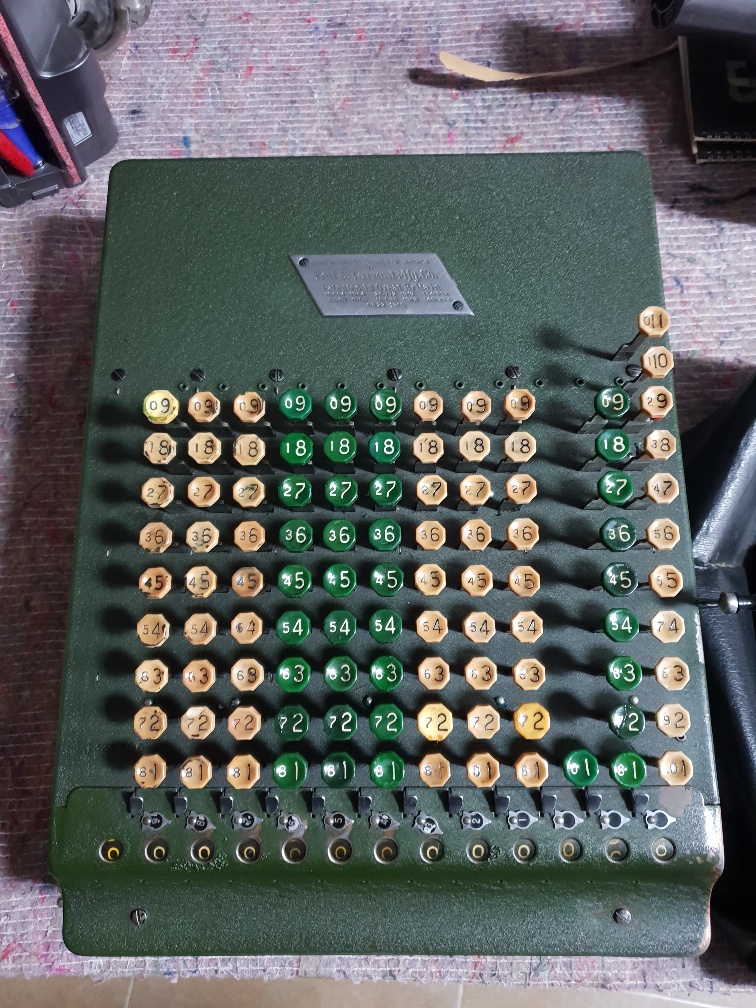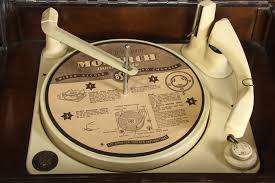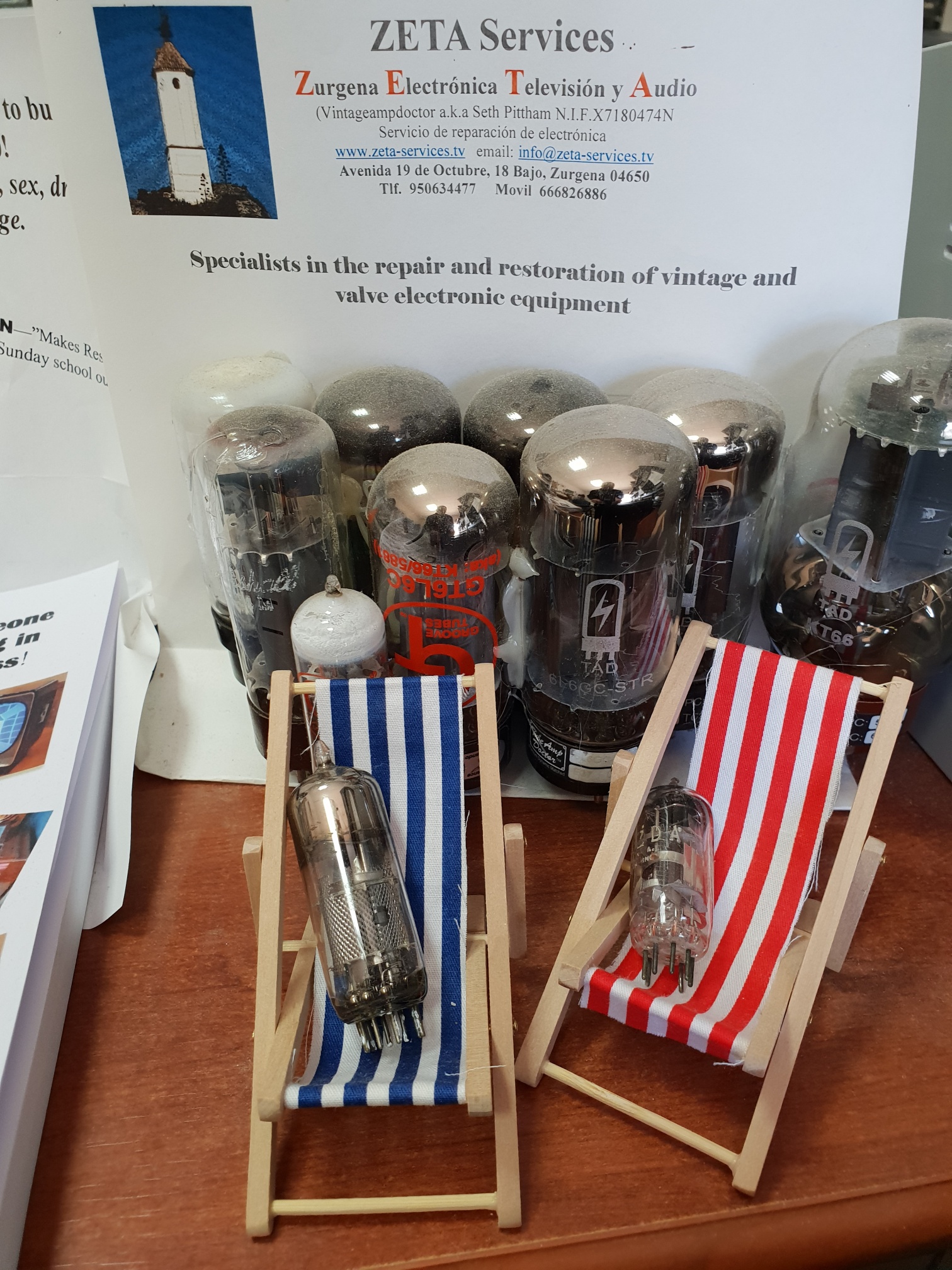
I was talking to a customer the other day about electronic eavesdropping. Strange topic I know.
Thinking about how things have changed. After WW2, throughout the Cold and War and later, electronic “overhearing” was a massive business, on all sides. All the Embassies in most countries communicated by telephone, HF radio (which covered long distances), Telex and Facsimile. All these technologies were easy to eavesdrop on. Certain departments had teams of G.P.O engineers tapping into known important phone lines, recording 1000s of hours of calls onto reels of tape for close scrutiny. Radio could be listened into anywhere. The frequencies used by Embassy officials were well known on all sides and were monitored 24hrs a day. Telex was a system of sending strings of simple text data over modified phone lines and so could be intercepted at the Telephone Exchange. Early Facsimile used a similar system.
So, how did we protect ourselves? Well all the signals used in the above could be encrypted. In its’ simplest form, encryption or cipher, is a mathematical sequence of changes (algorithm), whose pattern is only known by the two communicating parties. This sequence could be changed by applying a different “key” or set of rules. Let’s take the telephone. We have all heard the term “switch in the scrambler”. This was a system that chopped up the audio of the phone call into its various frequency blocks. These were all messed up in accordance with the rules of the cipher code algorithm. The resulting audio was then sent over the phone line to the receiving end. Anyone listening into the call would hear a load of garble. However, at the other end, the telephone had a descrambler driven by the same cipher rules as the sending end. The blocks of audio would be reassembled in the correct order and presented as intelligible speech. A similar process was adapted to early facsimile, but by nature of the way it worked, the system was more complex.
Encrypting Telex was easier. These machines talked by using short bursts of “characters”, made up from strings of 5 or 8 bits of data, electrical on-offs. Each letter had its own unique data pattern. So, all you had to do was to apply a set of rules that said, “convert letter A to D, S to U” and so on. At the other end, apply the same rules and out pops the original text.
Now comes the interesting bit. Let’s say you wanted to monitor a company’s Telex machine, but you couldn’t listen in at the Exchange and you didn’t have the Encryption Cipher. These machines printed the text by using small solenoids to punch ink onto the paper. Some had monitor screens as well. With not too much in the way of techie gear, sit yourself in a van or building near by with a sensitive directional aerial aimed at the building, coupled to a modified radio receiver. This would detect the spikes of energy given off by the Telex machines mechanism. You could also receive the signals being generated by the monitor screens. With all this recorded, back at the “lab”, with some jiggery pokerey, one could easily replicate the original data sent.
The US and British government introduced a standard that machines used for secure data had to meet to prevent the possibility of “electronic listening in”. This dictated that the electrical emissions of the machine had to fall below certain levels before they would be certified. The standard was known as Tempest.
Listening into conversations in rooms was easy. Small radio transmitters fitted into plug sockets that transmitted low range to the listening party. Or, how about using an infra red beam, aimed at a window of an office from afar? One could detect the small changes in the reflected beam caused by vibrations in the glass as a result of the voices inside the office. A bit of filtering and amplification, there you have it. Crystal clear!
Modern telephony, mobiles, internet etc… makes a very easy way for the authorities to monitor us. And, they do. More on that in the next publication. Look over your shoulder. Be careful.








